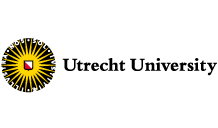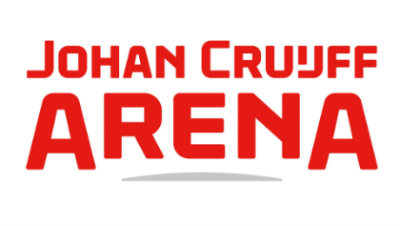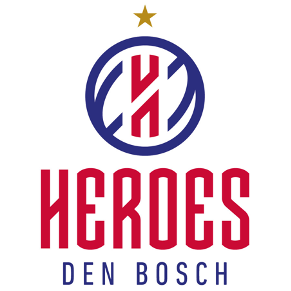Safe sports for athletes and spectators during the COVID-19 pandemic
This PPP combines expertise from virology, aerodynamics, droplet physics, transport in porous media and crowd control towards the safe and full reopening of (semi-)indoor sports venues during the COVID-19 pandemic. The consortium consists of Eindhoven University of Technology, Leiden University and Medical Center, Utrecht University, Johannes Kepler University in Linz (Austria), Johan Cruijff ArenA, Bovano Basketball (Maaspoort) and PlasmaMade.
Infection risks exist for athletes and spectators in crowded football stadiums, indoor sports halls and fitness centers. The project focuses on these three types of venues with five case studies: ArenA, Maaspoort and three fitness centers. Sports have an important role in the society. Top sports “lead by example” and stimulate mass participation in recreational sports. This way, they help reduce the burden of disease and on healthcare services by promoting a healthy lifestyle. They also generate substantial economic revenue. Fitness is the number one sports activity and football the most popular sport in the Netherlands. Decreased fitness activity, empty or near-empty stadiums and sport halls, lower sports goods sales, diminished social revenue in health and well-being and cancelling “hallmark” events are already having detrimental consequences. They will lead to an estimated revenue loss (best scenario) of 1.16 billion Euro in the coming year, if no major solutions are implemented.
This PPP aims to provide the currently lacking fundamental knowledge towards safe and full reopening in five work packages: Virus dose and duration in aerosols; Individual droplet and aerosol emission; Aerosol concentrations inside sports venues; Crowd control; Overall risk assessment methodology, guidelines, communication, dissemination.
During the project the knowledge can be implemented in the form of pilots by the partners. It will be combined with ongoing projects such as those on fast COVID-19 tests to allow a safe and full reopening of sports venues in the Netherlands and beyond.
Report
The first work package of this project was dedicated to an extensive multidisciplinary analysis of the factors influencing the transmission of respiratory viruses, in particular of SARS-CoV-2. A Joint Expert Panel has prepared a report “Theoretical insights, experimental observations and practical advices on the transmission of SARS-CoV-2”, which is freely available by the link below on this page.
Published already earlier in 2022, the report is open for suggestions and comments, that could be sent to: S3_JEP@outlook.com







